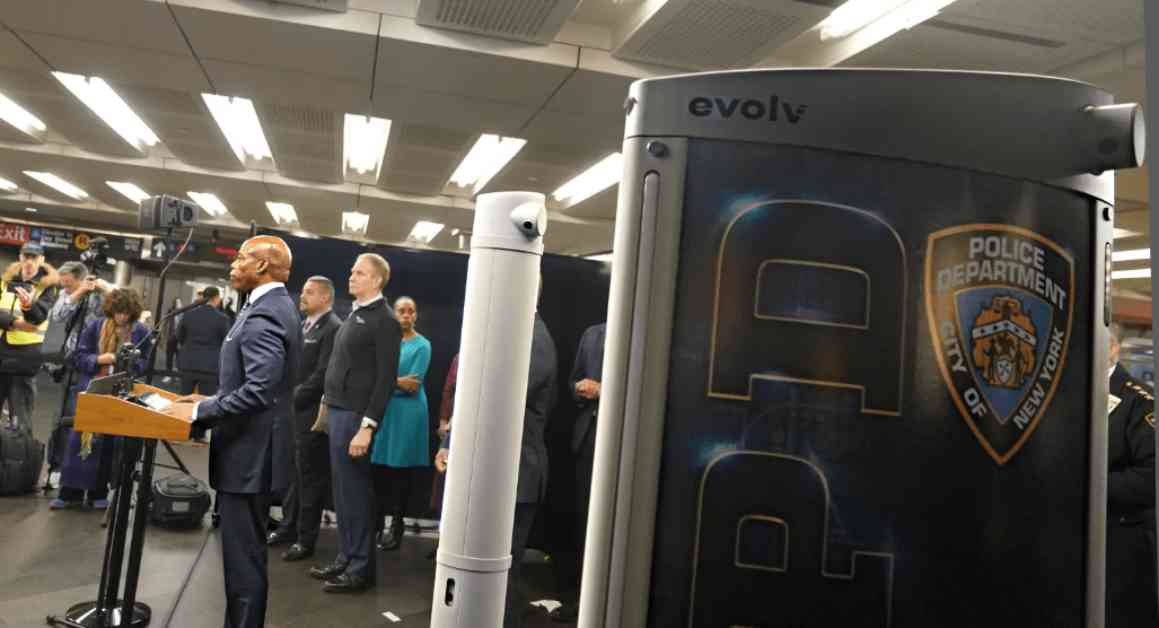AI-powered subway weapons scanners were put into action in the NYC transit system this summer, with disappointing results. The Evolv scanners, which were deployed in 20 subway stations, failed to detect any guns but did identify 12 knives. However, there were 118 false alarms triggered by the scanners, leading civil rights advocates to declare the project a failure.
The NYPD spokesperson mentioned that no shootings occurred at the pilot stations where the scanners were deployed. The department is still evaluating the outcome of the pilot and may consider engaging other scanner contractors in the future. Despite the lack of firearms detected, the mayor’s office and the NYPD argued that the scanners served as a deterrent to potential criminals.
Before the scanners were rolled out, there were questions about their effectiveness, especially after reports of a high rate of false positives in a pilot at Jacobi Hospital. The CEO of Evolv had previously stated that subways were not a suitable use case for the technology. The company is also facing scrutiny over the accuracy of its scanners, with federal regulators investigating possible misleading claims to investors.
While Mayor Adams believed that riders would welcome the scanners, there was some skepticism among subway users. Some expressed concerns about feeling targeted and harassed, as well as questioning the use of taxpayer money for the project. Despite this, City Hall clarified that they did not pay Evolv for the pilot demonstration.
The Evolv scanners are part of Mayor Adams’ tech initiatives, which include other gadgets like the “Digidog” police robot and drones for emergency communication. However, not all tech experiments have been successful, such as the K5 police robot that patrolled the Times Square subway station and is now in storage.
Overall, the AI-powered subway weapons scanners did not meet expectations in detecting firearms, raising doubts about their effectiveness and prompting further evaluation by the NYPD. The debate over the use of technology in enhancing public safety continues, with concerns about accuracy, privacy, and cost.

